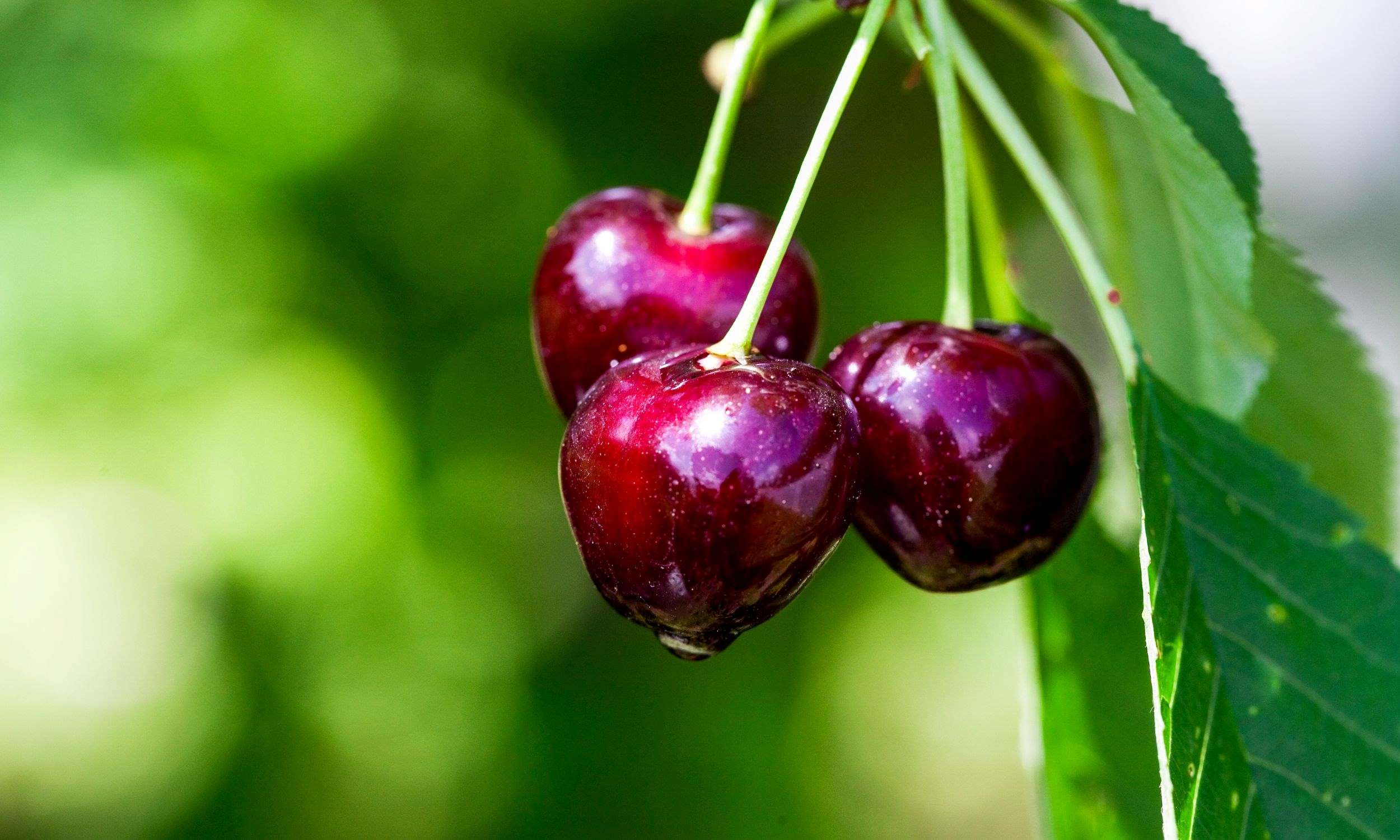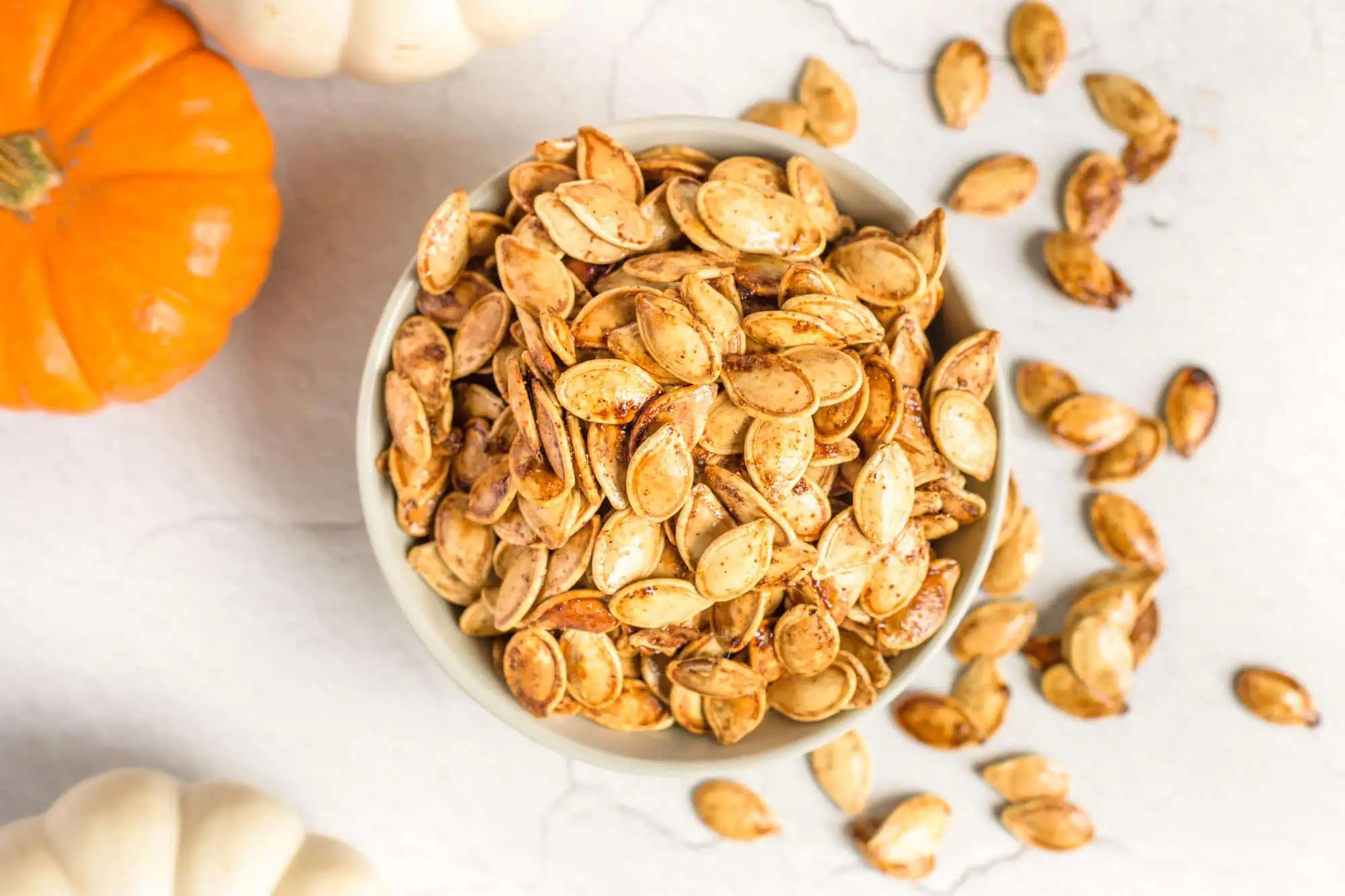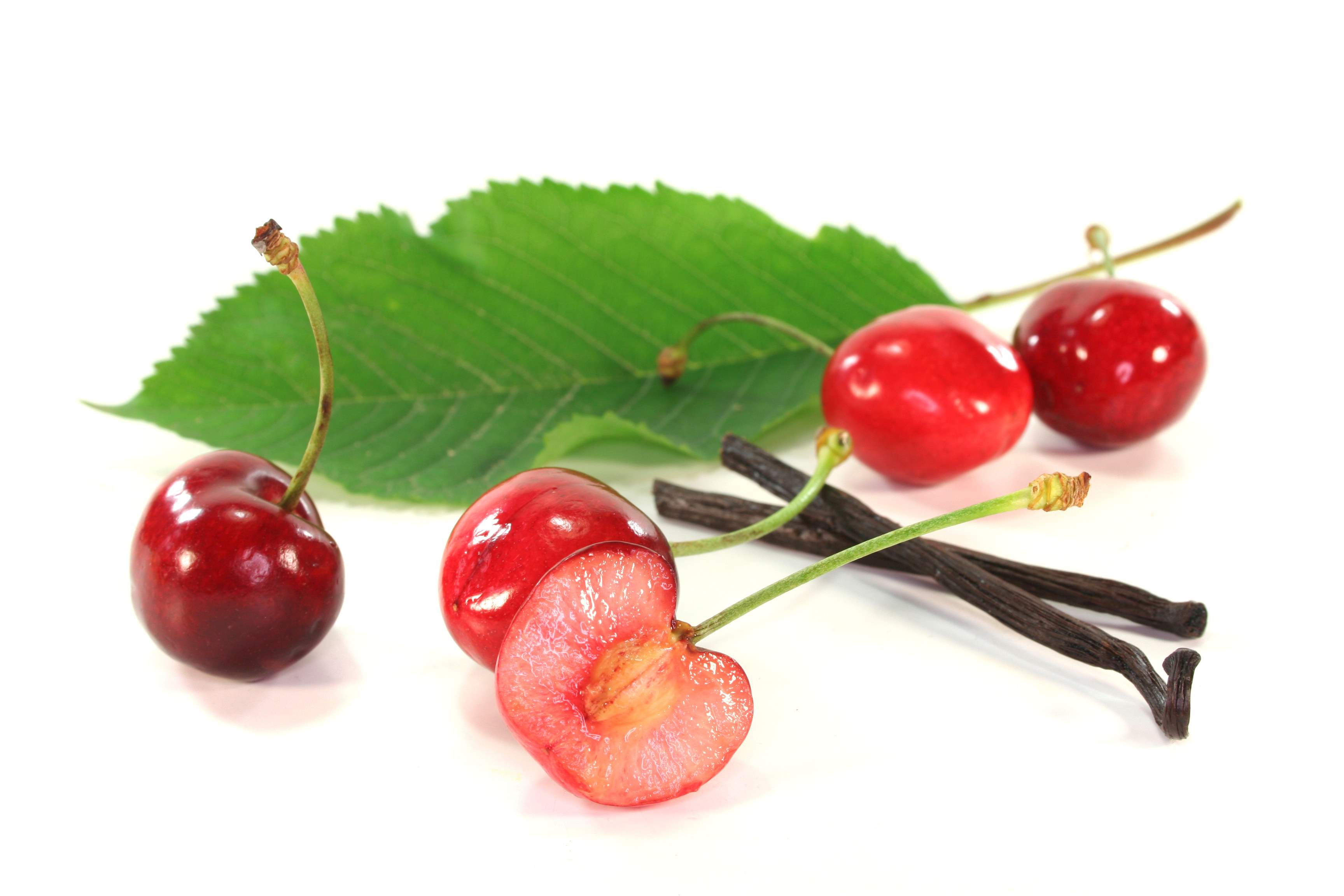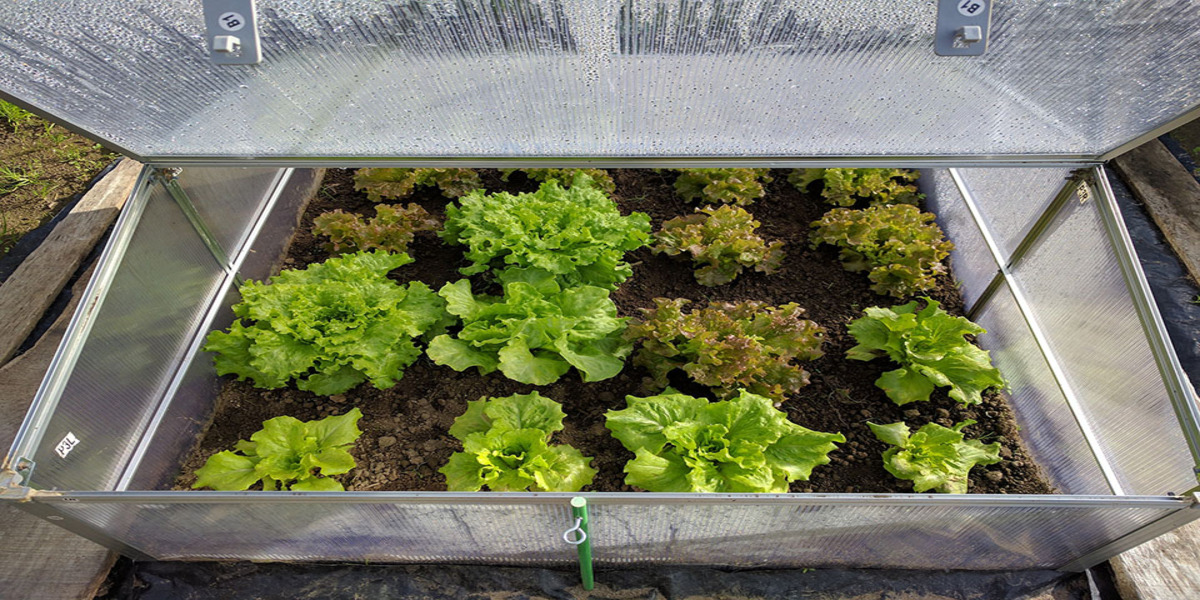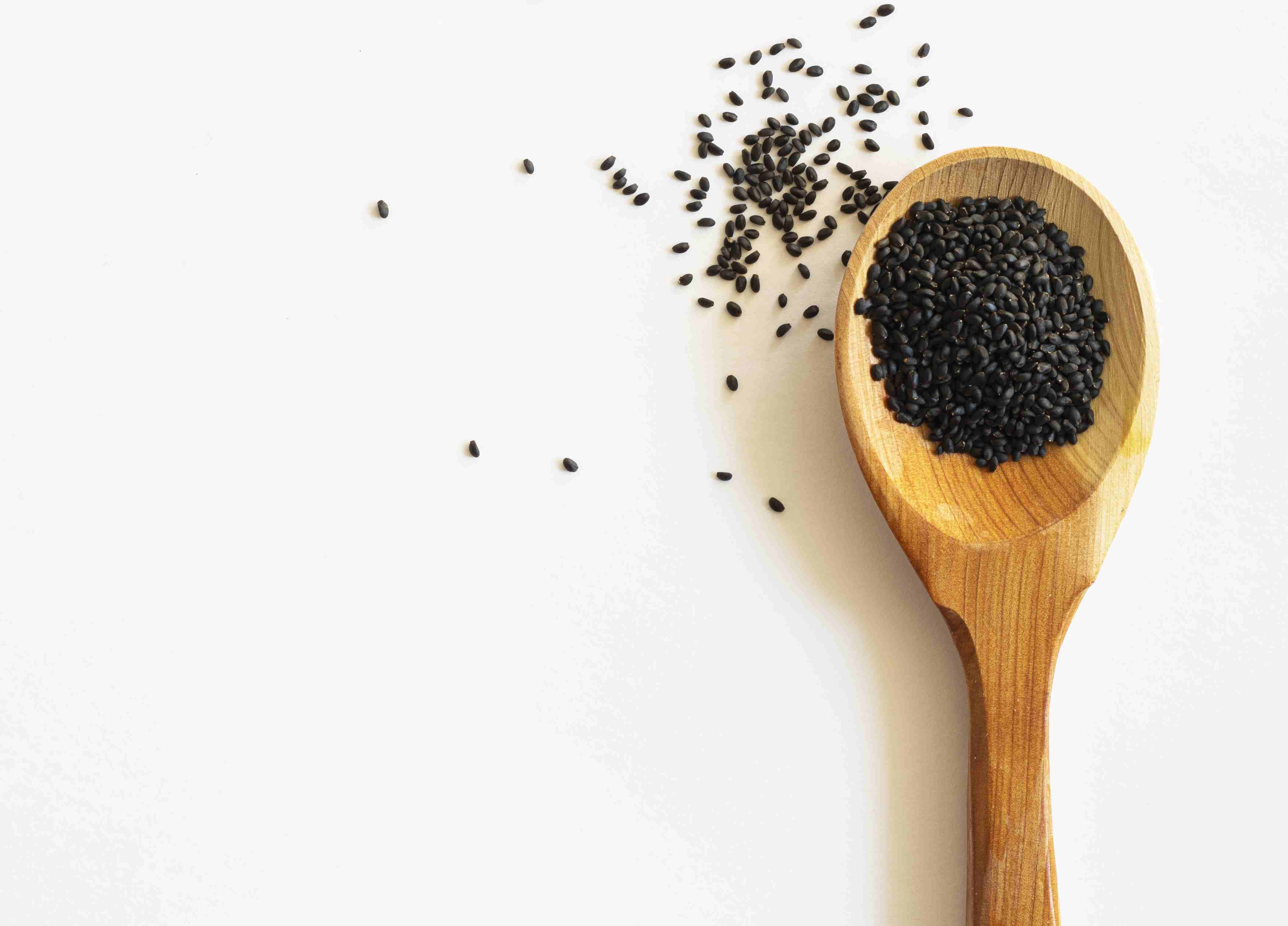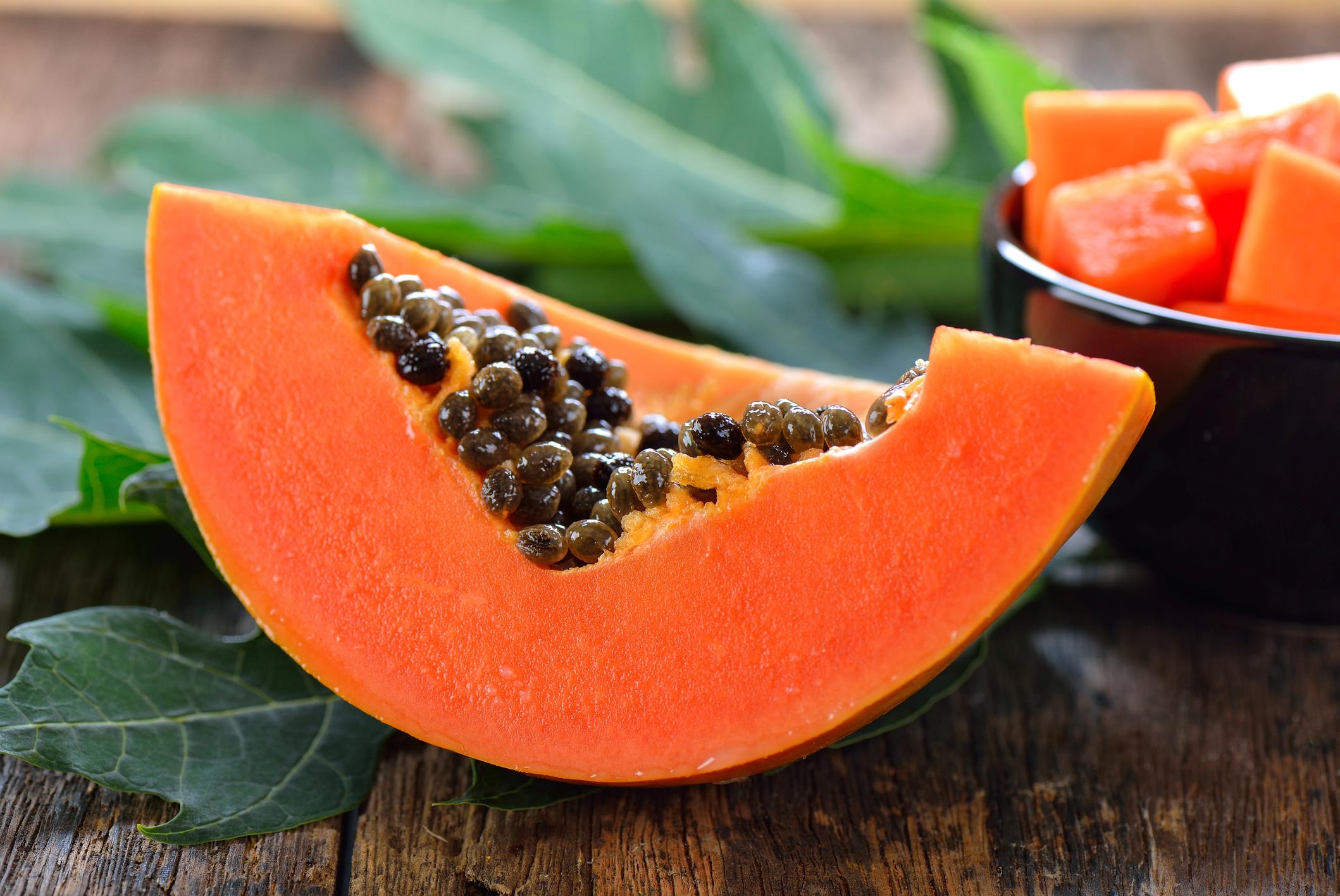Home>Types of Gardening>Edible Gardening>How Do You Get Lettuce Seeds
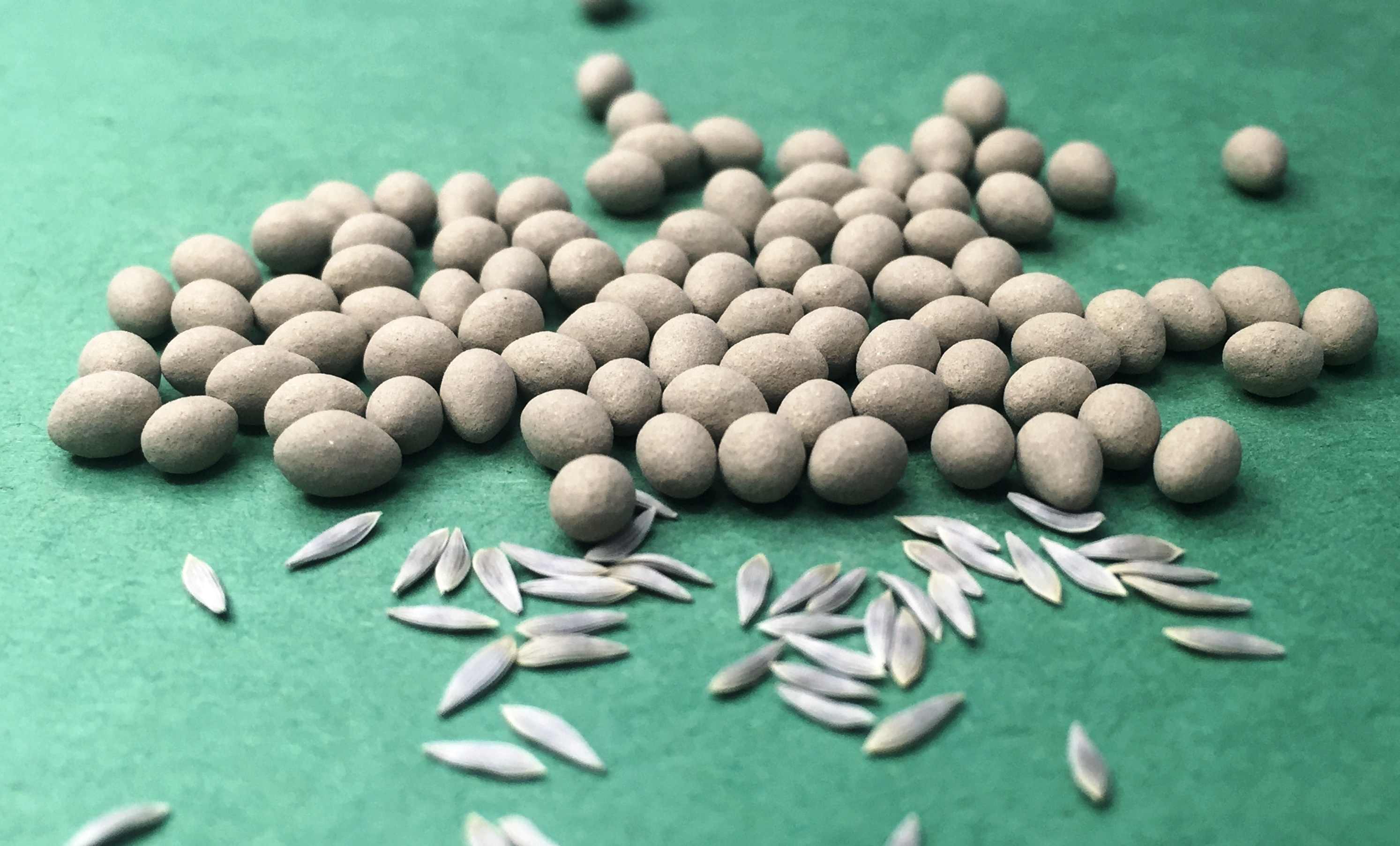

Edible Gardening
How Do You Get Lettuce Seeds
Modified: January 22, 2024
Learn how to obtain lettuce seeds and start your own edible gardening journey. Discover the best practices for growing lettuce and enjoy homegrown harvests.
(Many of the links in this article redirect to a specific reviewed product. Your purchase of these products through affiliate links helps to generate commission for Chicagolandgardening.com, at no extra cost. Learn more)
Table of Contents
Introduction
Welcome to the world of edible gardening! If you’re a fan of fresh salads and want to take control of your food supply, growing your own lettuce is a great place to start. Lettuce is a versatile and nutrient-rich leafy green that can be easily grown in your garden or even in containers on your balcony.
When it comes to growing lettuce, one important aspect to consider is obtaining the seeds. Lettuce seeds are the starting point of your gardening journey and ensuring you have high-quality seeds is key to a successful harvest. In this article, we will explore the various methods of obtaining lettuce seeds so you can kickstart your edible garden and enjoy a bountiful harvest.
Before diving into the methods of obtaining lettuce seeds, let’s take a quick look at the different types of lettuce and why growing your own can be a rewarding experience. Lettuce is categorized into different varieties such as crisphead, butterhead, romaine, and loose-leaf lettuce. Each variety has its own unique flavor, texture, and growing requirements, allowing you to experiment and find your preferred cultivars.
Growing your own lettuce not only ensures that you have a fresh and pesticide-free food source, but it also gives you the freedom to choose from a wide range of exciting lettuce varieties that may not be available in local grocery stores. Plus, it’s a great way to engage in a sustainable and satisfying hobby that connects you with nature and promotes self-sufficiency.
Now that you understand the benefits of growing lettuce and the different types available, let’s delve into the different methods of obtaining lettuce seeds. Whether you prefer purchasing seeds from a quality supplier, saving seeds from store-bought lettuce, or exchanging seeds with other gardeners, there are various options to suit your preferences and needs. Read on to discover the methods and advantages of each!
Understanding Lettuce Seeds
Before we dive into the methods of obtaining lettuce seeds, it’s important to have a basic understanding of lettuce seeds themselves. Lettuce seeds, also known as achenes, are small and lightweight. They are enclosed in a seed coat, which protects the embryo inside. These tiny seeds are what hold the potential to grow into full-fledged lettuce plants.
Lettuce seeds come in a variety of shapes, sizes, and colors, depending on the lettuce variety. Some seeds may be black, while others may be tan, brown, or even striped. These variations in color and shape add to the charm and diversity of lettuce gardening.
One important factor to consider when choosing lettuce seeds is their freshness. Fresh seeds have a higher germination rate, meaning they are more likely to sprout and grow into healthy plants. To ensure optimal freshness, it’s recommended to use seeds from the most recent planting season.
Lettuce seeds are also classified into two types: heirloom and hybrid. Heirloom seeds come from plants that have been grown for generations without genetic modification. They tend to offer more diversity and unique flavors. Hybrid seeds, on the other hand, are created by crossing two different varieties to produce specific traits, such as disease resistance or uniform growth. Both heirloom and hybrid seeds have their advantages, so the choice ultimately depends on your preferences and gardening goals.
Understanding the life cycle of lettuce seeds is essential for successful cultivation. Lettuce is a cool-season crop, and its seeds typically germinate best in cooler temperatures ranging from 55°F to 70°F (13°C to 21°C). Once the seeds are planted, they will undergo several stages of growth, including germination, seedling establishment, leaf development, and eventually, bolting, which is the process where the lettuce plant shoots up a tall flower stalk.
It’s important to note that lettuce seeds have a relatively short shelf life compared to other seeds. Depending on proper storage conditions, lettuce seeds can remain viable for up to three years. However, to maximize their germination potential, it’s recommended to use them within one to two years of purchase.
Now that you have a good grasp of what lettuce seeds are and how they function, let’s move on to exploring the various methods of obtaining these seeds to kickstart your edible gardening journey.
Methods of Obtaining Lettuce Seeds
There are several methods you can use to obtain lettuce seeds for your edible garden. Let’s explore these methods in more detail:
- Purchasing Seeds: One of the easiest and most convenient ways to obtain lettuce seeds is by purchasing them from reputable seed suppliers. Look for companies that specialize in organic and non-GMO seeds to ensure the highest quality. Many seed suppliers offer a wide variety of lettuce cultivars, allowing you to choose the ones that best suit your taste preferences and growing conditions. Purchasing seeds can be particularly beneficial if you’re looking for specific traits, such as heat or cold tolerance.
- Saving Seeds from Store-Bought Lettuce: Did you know that you can harvest seeds from the lettuce you buy at the grocery store? This is a cost-effective and sustainable way to obtain lettuce seeds. Choose a lettuce plant that is healthy and thriving, and allow one or two of its strongest-looking plants to bolt and produce flowers. Once the flowers have turned into seed heads, carefully collect the dry seeds and store them for future plantings. While this method may result in some variability in the next generation of plants, it can be an exciting way to explore new varieties.
- Seed Exchanges: Participating in seed exchanges with other gardeners is a fantastic way to obtain lettuce seeds and expand your seed collection. Seed exchanges allow you to trade your excess seeds with fellow gardeners, giving you access to a wider range of lettuce varieties. You can join local gardening groups, attend seed swap events, or even explore online platforms dedicated to seed swapping. Not only does this method provide you with new seeds, but it also fosters a sense of community among gardeners.
- Community Gardens: If you live in an area with a community garden, joining and getting involved can be a valuable resource for obtaining lettuce seeds. Community gardens often have seed libraries or seed-sharing programs where you can borrow or exchange seeds, including lettuce seeds. Additionally, experienced gardeners within the community garden can provide guidance and share their knowledge on saving and growing lettuce seeds.
- Home-Saved Seeds: Once you have successfully grown lettuce in your garden, you can save the seeds from your own plants for future plantings. Allow a few lettuce plants to go to seed and collect the seeds once they have dried completely. Make sure to label and store them properly in a cool, dry place. Home-saved seeds are not only cost-effective but also allow you to select seeds from the strongest and most successful plants in your own garden.
Each method of obtaining lettuce seeds has its own advantages and considerations. Whether you choose to purchase seeds, save them from store-bought lettuce, participate in seed exchanges, or rely on home-saved seeds, the important thing is to select high-quality seeds that suit your gardening goals and preferences. So go ahead and explore the various methods to start growing your own lettuce!
Harvesting Lettuce Seeds
Harvesting lettuce seeds is a rewarding process that allows you to save seeds for future plantings and continue the cycle of growth in your edible garden. Here are the steps to harvest lettuce seeds:
- Allow Lettuce Plants to Bolt: To harvest lettuce seeds, you need to allow some of your lettuce plants to bolt. Bolting is the natural process where the plant transitions from vegetative growth to reproductive growth, producing a tall flower stalk.
- Observe Flowering and Seed Development: Once the lettuce plants have bolted, they will start to produce small, yellow flowers. These flowers will eventually turn into seed heads. Keep a close eye on the plants as the flowers fade and the seed heads begin to form.
- Wait for Seed Heads to Dry: It’s important to let the seed heads fully mature and dry on the plant before harvesting them. The drying process usually takes a few weeks. The seed heads will turn brown and become brittle when they are ready for harvest.
- Collecting Seeds: To collect the seeds, gently cut or shake the seed heads over a clean and dry container. The seeds are small and lightweight, so be careful not to lose any. You can also place a clean cloth or paper bag underneath the seed heads as you collect the seeds to catch any that may fall.
- Removing Chaff: After collecting the seeds, you may notice that there is some chaff, which refers to the debris and husk surrounding the seeds. To separate the seeds from the chaff, you can use a fine-mesh sieve or gently blow on the seeds to remove the lighter chaff particles.
- Storage: Properly store the harvested lettuce seeds in a cool, dry, and dark place. You can use envelopes, glass jars, or seed storage containers labeled with the variety and date. Keeping the seeds in airtight containers will help maintain their viability for future use.
Harvesting lettuce seeds not only allows you to collect seeds for future plantings but also gives you a deeper connection to the growth cycle of your plants. It’s a satisfying and sustainable way to continue the journey of self-sufficiency and resilience in your edible garden.
Remember, each lettuce plant may produce varying amounts of seeds, so it’s a good idea to harvest seeds from multiple plants to increase your seed supply. Experiment with different lettuce varieties and keep records of your observations to refine your seed-saving techniques over time.
Now that you have learned the process of harvesting lettuce seeds, you are one step closer to becoming a self-reliant gardener with a bountiful supply of homegrown lettuce seeds!
Storing Lettuce Seeds
Properly storing lettuce seeds is essential to maintain their viability and ensure successful germination in future plantings. Here are some important tips for storing lettuce seeds:
- Clean and Dry Seeds: Before storing lettuce seeds, make sure they are clean and free from any moisture. Any excess plant material or moisture can lead to mold or fungal growth, reducing the seed’s viability.
- Airtight Containers: Place the cleaned and dried lettuce seeds in airtight containers such as glass jars, envelopes, or seed storage containers. These containers will protect the seeds from exposure to air, moisture, and pests, ensuring their longevity.
- Labeling: It’s important to label the containers with the variety and the date of seed collection. This will help you keep track of the seeds’ age and make it easier to organize and locate specific varieties when you’re ready to plant.
- Cool and Dry Storage: Store the lettuce seeds in a cool, dry, and dark place. Constant temperature fluctuations, high humidity, and exposure to sunlight can reduce the seed’s viability. A cool basement or a refrigerator can be suitable storage locations.
- Seed Testing: If you’re unsure about the quality or viability of stored lettuce seeds, you can perform a germination test before planting. Place a few seeds on a damp paper towel or in a seed tray and monitor their germination rate. This will give you an idea of how many seeds are still viable and can help you determine if you need to acquire new seeds.
- Replace Old Seeds: While lettuce seeds can remain viable for up to three years when stored properly, it’s generally a good practice to replace them after two years. Fresh seeds have a higher germination rate and give you a better chance of successful plant growth.
By following these storage guidelines, you can ensure that your lettuce seeds remain in optimal condition for future plantings. Properly stored seeds will save you money, time, and effort, as you won’t have to purchase new seeds every gardening season.
Remember to periodically check on your stored seeds and take note of any signs of moisture, mold, or insect activity. If you notice any issues, it’s best to discard the affected seeds and replace them with fresh ones.
With a well-maintained seed collection, you’ll have access to a variety of lettuce seeds and can continue to enjoy the joys of growing your own nutritious and delicious lettuce crops for years to come.
Conclusion
Congratulations on gaining a comprehensive understanding of obtaining, harvesting, and storing lettuce seeds! Lettuce is a versatile and rewarding plant to grow in your edible garden, and having access to high-quality seeds is crucial for a successful harvest.
We explored various methods of obtaining lettuce seeds, including purchasing from reputable suppliers, saving seeds from store-bought lettuce, participating in seed exchanges, and using home-saved seeds. Each method offers its own advantages and can be tailored to suit your preferences and gardening goals.
Harvesting lettuce seeds requires allowing the plants to bolt, observing flower and seed development, and collecting the matured seed heads. Properly drying and storing the harvested seeds in cool, dry, and airtight containers will help maintain their viability for future plantings.
Remember to label your seed containers with the variety and date of collection, and periodically check the stored seeds for any signs of moisture or pests. If needed, perform germination tests to ensure the seeds’ viability before planting.
Growing your own lettuce and saving seeds not only provides you with a ready supply of fresh, pesticide-free produce but also connects you to the fascinating life cycle of plants. It empowers you to take control of your food supply and fosters a sense of self-sufficiency and sustainability.
So, whether you’re a beginner or an experienced gardener, now is the perfect time to start growing your own lettuce and experimenting with different varieties. With the knowledge and techniques you’ve gained, you’ll be well on your way to enjoying the fruits of your labor and experiencing the joy of nurturing your own edible garden.
Happy gardening, and may your lettuce crops thrive and bring you countless healthy and delicious meals!
